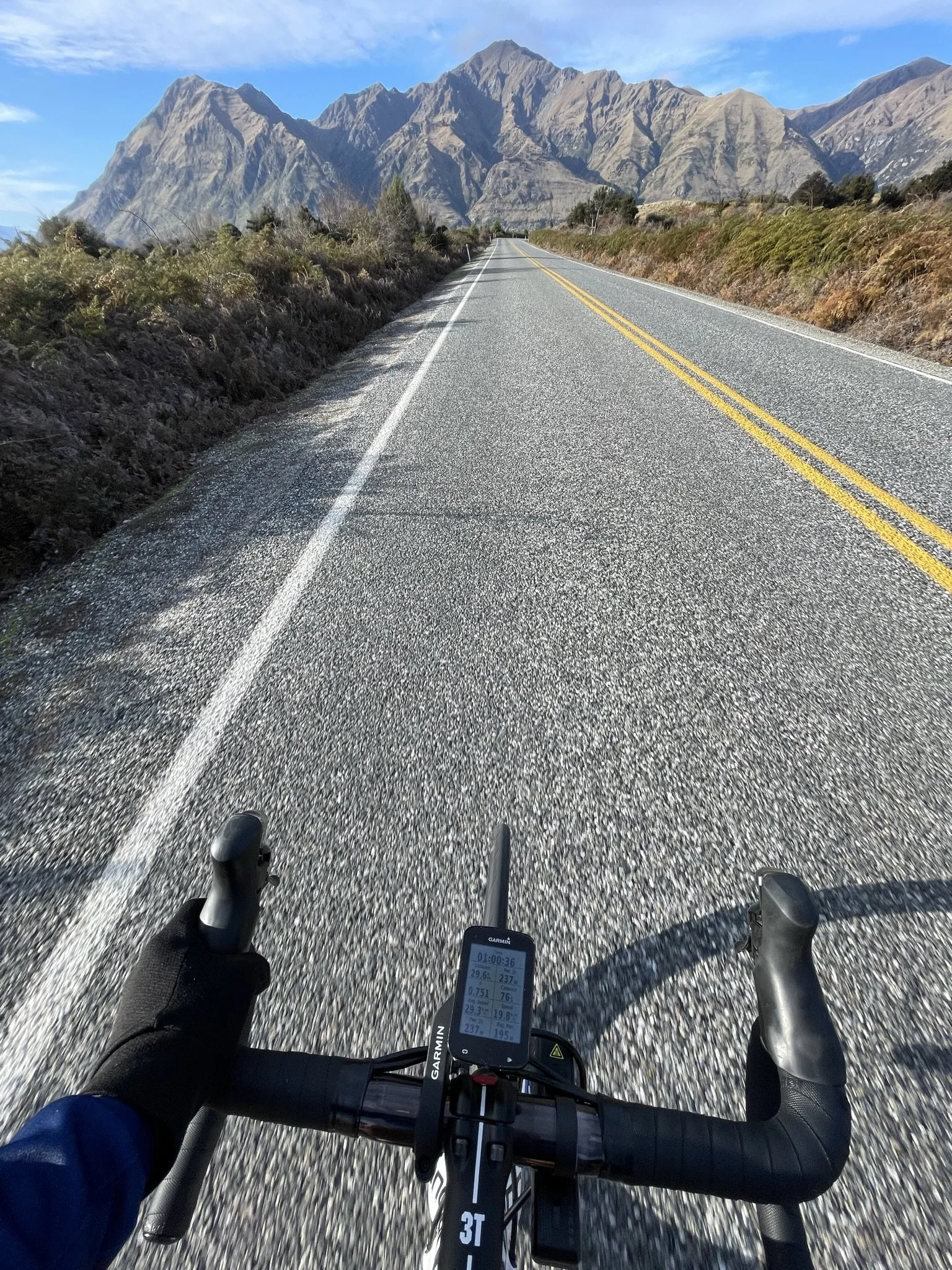Smartwatches, Power Meters, and Heart Rate Monitors: Do You Need Them?
Tech can help your trainingbut it’s not the whole story.
We live in a world of numbers. As triathletes, it’s easy to become obsessed with pace, power, heart rate, cadence, sleep scores, VO₂ max, and how many steps we took while walking to the fridge. But when it comes to your triathlon journey, how much of this tech do you really need?
At Hive Endurance, we coach athletes with all sorts of setups, from high-end gear geeks to stopwatch-and-good-vibes-only types. Here’s our take on smartwatches, power meters, and heart rate monitors: what they’re good for, when they’re worth it, and why they’ll never replace you listening to your body.
Smartwatches: The Triathlete’s Companion
What they do:
Smartwatches (like Garmin, Coros, Polar, Apple Watch) track pace, distance, heart rate, splits, GPS routes, sleep, and more. Many offer triathlon modes that switch between swim, bike, and run with one button press.
Why they’re useful:
Help you track workouts and progress over time
Easily sync with platforms like TrainingPeaks or Strava
Provide real-time feedback during sessions (pace, HR, etc.)
Offer structured workouts and recovery suggestions
Worth it?
✅ Yes, for most triathletes.
If you’re training consistently, a smartwatch is a valuable tool. It keeps your training structured and makes analysis easy for you and your coach.
But don’t fall into the trap of:
Only feeling good about a workout if the numbers say so. You’re not a robot and every session doesn’t need to be a PB.
Heart Rate Monitors: Training Smarter, Not Harder
What they do:
Measure your heart rate in real time either through your wrist or a chest strap for training intensity guidance and recovery insights.
Why they’re useful:
Help you train in the correct zones (especially on easy days)
Monitor fatigue and overtraining risk
Improve aerobic development over time
Great for long-term endurance pacing and race planning
Worth it?
✅ Yes, for athletes looking to build endurance efficiently.
If you’re working with a coach or following a structured plan, HR data can help guide your intensity and avoid the “always medium” training trap.
Coach’s tip: Chest straps are more accurate than wrist-based monitors, especially on the bike.
Power Meters: The Cyclist’s Crystal Ball
What they do:
Measure the actual power (in watts) you're generating on the bike. Unlike speed (which changes with wind, gradient, etc.), power is a consistent measure of effort.
Why they’re useful:
Allow ultra-precise control of cycling effort
Take guesswork out of pacing on hills or in headwinds
Essential for long-course triathlon pacing (like Ironman)
Offer incredibly detailed post-ride analysis
Worth it?
✅ Yes, for intermediate to advanced athletes training for performance.
Power meters are especially valuable if you're racing longer distances or want to level up your bike leg. For beginners, they’re not essential but can be a worthwhile investment down the track.
Coach’s tip: You don’t need the fanciest one. Even single-sided meters offer loads of insight.
So... Do You Need These Tools?
Here’s the breakdown:
But Remember: Tech is a Tool, Not a Shortcut
The real magic of triathlon training still comes from:
Consistency
Listening to your body
Managing your energy
Staying mentally strong
Knowing when to push and when to rest
All the data in the world won’t help if you're ignoring fatigue, skipping sleep, or burning out trying to hit numbers that don't align with how you feel.
Final Thoughts
Smartwatches, heart rate monitors, and power meters can absolutely elevate your training if used wisely. But they’re not mandatory to be successful, and they definitely don’t define your worth as an athlete.
At Hive Endurance, we believe in blending smart training with real-life balance. We use data when it helps—but we also teach you how to tune in to your body and your effort, so you can race strong and feel good doing it.

